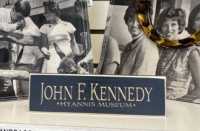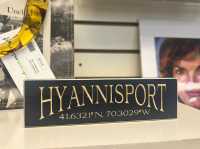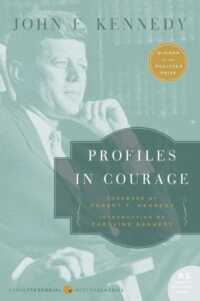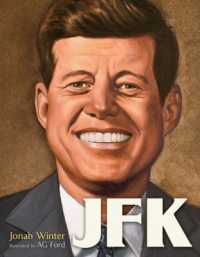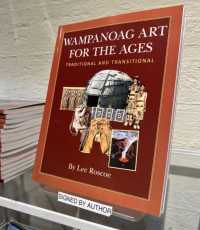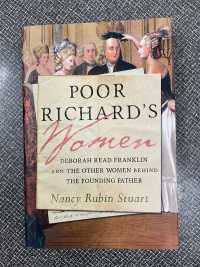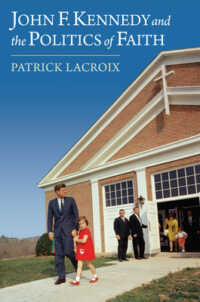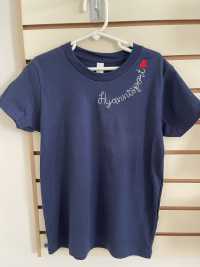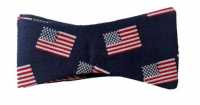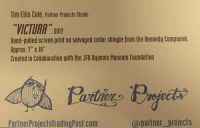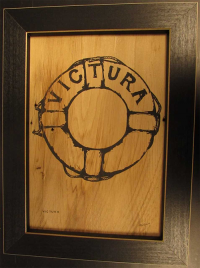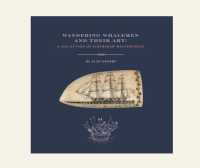-
 The JFK Hyannis Museum carries an exclusive line of Washashore Bowties, available in 5 patterns, $50.00 each and FREE SHIPPING is included. Washashore Bowties are handmade on Cape Cod. Founded in 2017, Washashore Bowties is committed to staying local and distributing their product throughout New England. Every bowtie is made from cotton and designed to firmly hold its shape.
The JFK Hyannis Museum carries an exclusive line of Washashore Bowties, available in 5 patterns, $50.00 each and FREE SHIPPING is included. Washashore Bowties are handmade on Cape Cod. Founded in 2017, Washashore Bowties is committed to staying local and distributing their product throughout New England. Every bowtie is made from cotton and designed to firmly hold its shape.

